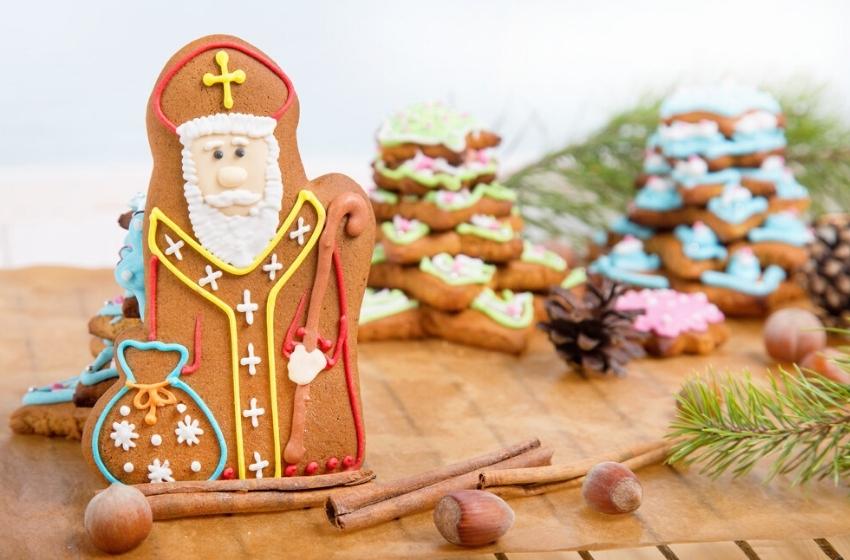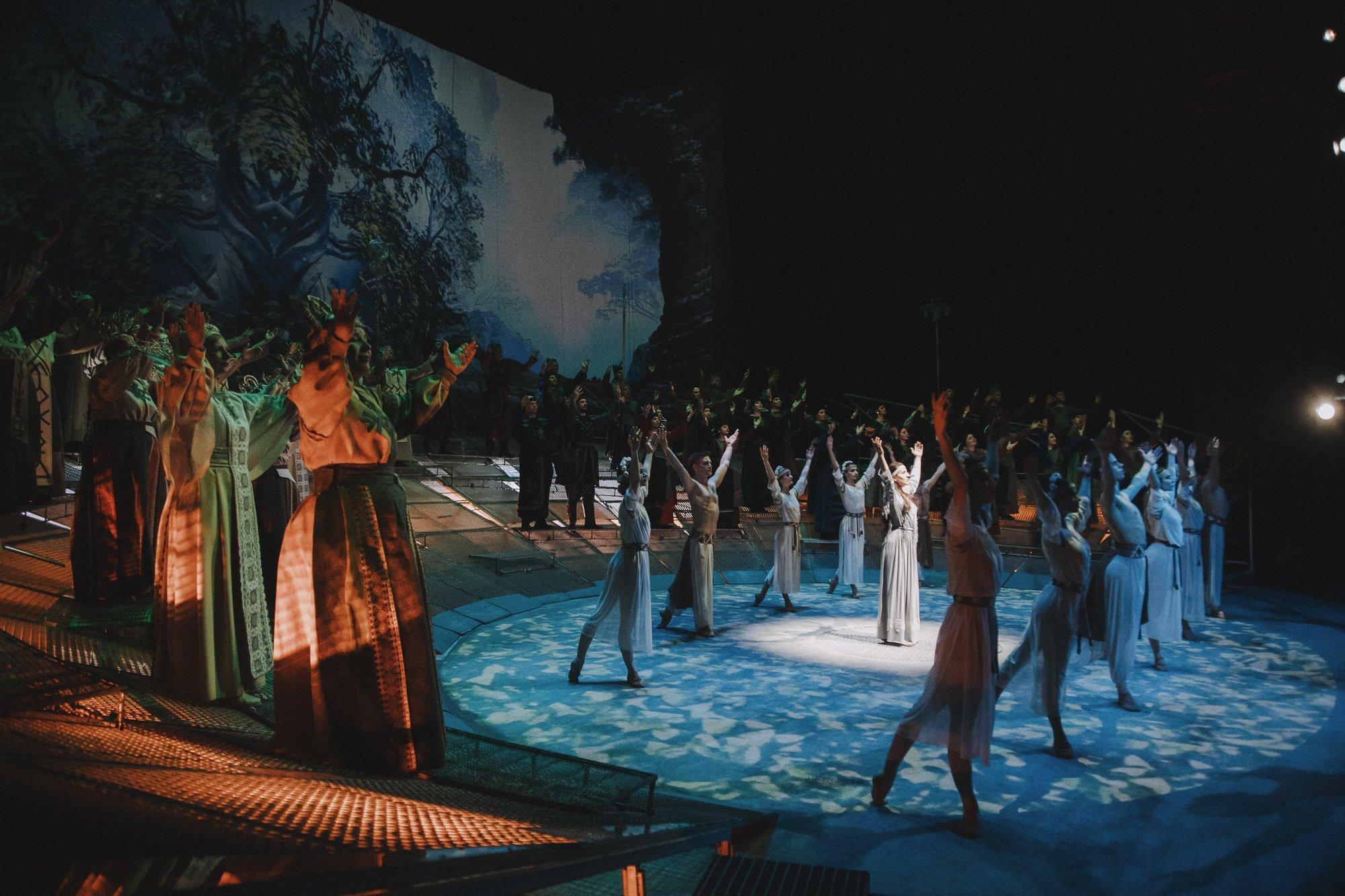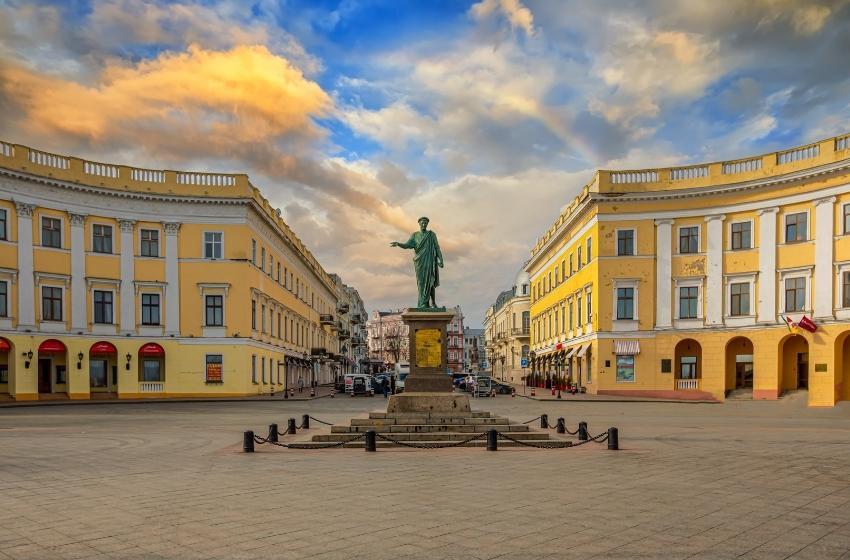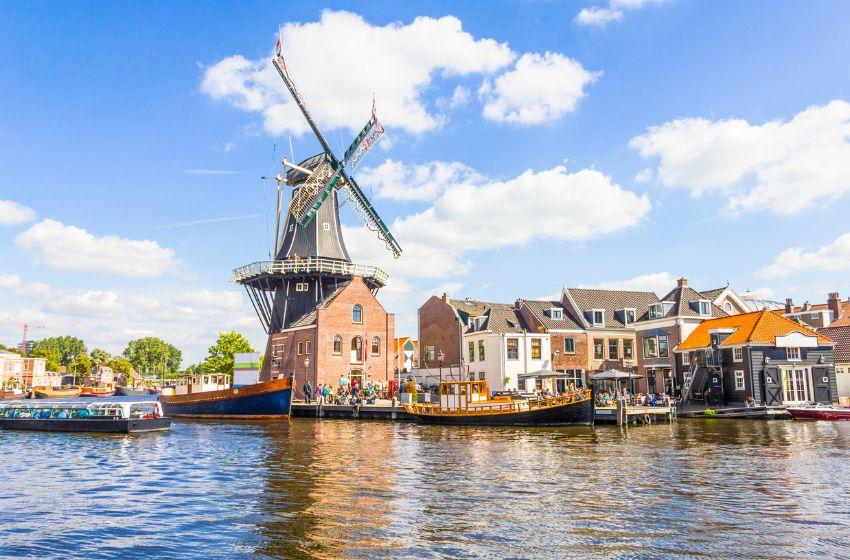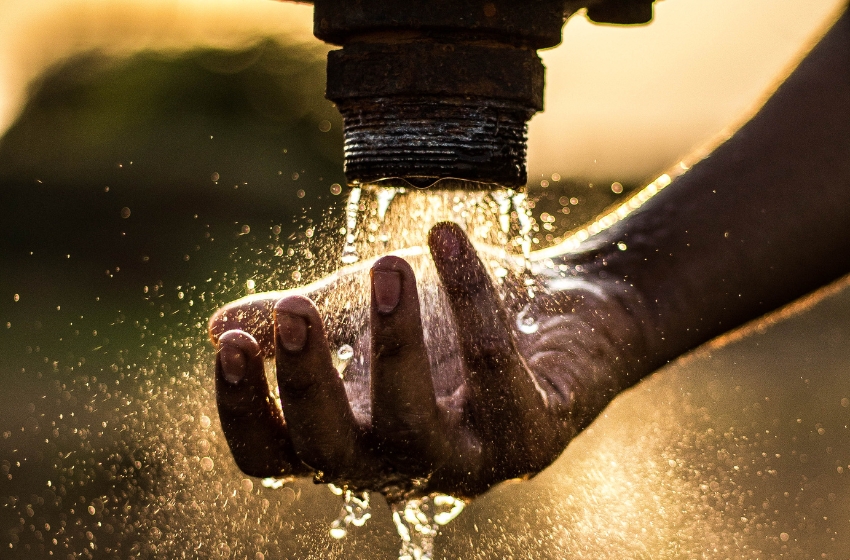The traditional products, local breeds, and know-how collected by the Ark of Taste belong to the communities that have preserved them over time. They have been shared and described here thanks to the efforts of the network that that Slow Food has developed around the world, with the objective of preserving them and raising awareness.
Polissya Water Chestnut

In lakes and rivers with slow flow on the surface of the water one can find floating rosette-like leaves. The flowers are visible above the water level in the morning and evening. Under the water a fruit is formed: a nut with two or three curved horns that resembles an anchor. The plant is called water chestnut (Trapa natans). The large white walnut kernel is tasty and nutritious. It contains up to 3% fat, 24% protein and 55% starch.
In the Northern part of Belarus where the agriculture is not very developed and successful due to the climatic restrictions, in the mouth of the Danube in Ukraine and Polissya (transbordal swampy region between Ukraine and Belarus) the water chestnut was historically widely used as an alternative to potatoes or wheat. It was used raw, boiled in salted water, baked. Nuts milled into flour to bake bread.
Grey Ukrainian Cow

A dirtect descendent of the Bos Taurus Pimigenius, a wild bull species, this breed is one of a wide range of grey cattle breeds that once populated the entire Mediterranean and Black Sea. In the ex-USSR, the Grey Ukrainian cow is classified into different types based on phenotype: Bessarabiana, Hersonese, Cherkesso and Cuban. The Grey Ukranian is disease resistant, and is well-adapted to extreme climates.
During the Soviet regime, this breed was interbred for decades with the objective of increasing milk content. Initially, this was a breed meant for producing meat and working the fields: it could work for 10–12 hours straight in the fields. In 1917, it was recognized as the best beef breed in Russia. The meat is lean, and the animal has a layer of fat just under its skin. It is comparable, at the level of nutrition and taste quality, to the French Charole variety and Italian Chianina. The veal calves at 18 months weigh 500 kilos, and at 2 years weigh 670 kilos. The breed has a high yield of usable meat: between 59 and 61%. The vast area of the steppe is the ideal habitat for this breed, thanks to the composition of the natural pasture, the climate (warm summer and cold winter) and to the fact that it is possible to leave the animals out to graze all year long. Currently, around 300 head of cattle are conserved in Ukraine near the city of Kherson, in the natural reserve of Aksania Nova, which is part of a research centre for breeding.
Baranchiki or Kalachiki

Baranciki Cheese is a traditional Ukrainian product, specifically from the area of the Carpathian Mountains. This cheese can be found in the shape of lamb (Baranciki) or kalach, a traditional bread made from wheat flour that resembles a handle (Kalaciki). This cheese is produced during the summer months, when the Hutsul shepherds are in the pastures with their livestock. Before returning to the villages, the shepherds would prepare this cheese with their sheep’s milk to then be sold in the mountain villages. One of the most important phases of the production process is the seasoning phase, which usually is very short and can last as little as 2 days or a week. During this phase the cheese is cut into relatively large pieces that are then placed in boiling water. In this way, the milk begins to melt, helping the shepherds carry out the final transformation into the two characteristic shapes of this cheese.
The Baranciki cheese, together with the Kalaciki variant, play a very important function from a symbolic and cultural point of view. Baranciki was consumed on special occasions dedicated to the remembrance of infant mortalities while Kalaciki was used as homage to the people who had not been able to receive a proper burial. Families would traditionally buy the forms of cheese that were then distributed amongst the family members and friends of the person they wanted to remember. Currently this tradition is being lost, due to changes in the lifestyle of the Hutsul shepherds, and while this cheese continues to be produced in limited quantities, it no longer has the importance it once had.
Christmas Ginger Biscuits

In the regions of Poltava and Kharkov, located in the central and northern part of Ukraine, Christmas gingerbread cookies (rizdvjani prjanyky) were particularly widespread. This tradition, albeit almost forgotten, is still alive in Poltava.
The typical Christmas biscuits (prjaniki-baryÅ¡ni and prjaniki-vskadniki) have the shape of a little girl or of a knight on horseback. These biscuits are produced only in the Christmas period and are called rizdvjani-prjanyky, baryni, panjanky, sidaÄky, verÅ¡nyky, koni. The peculiarity of these biscuits is that they have a red color. Red symbolizes birth, love, energy, and youth. The dough used to make gingerbread cookies contains flour, sugar, eggs, butter, cream and baking soda. They cut the dough with special metal molds and cover it with natural glaze made with carrot or beetroot juice.
Then they bake the biscuits on large baking plates. When biscuits are still warm they draw the girl’s shape, eyes and necklace and the knight’s eyes and harness using a mix of egg white and sugar. These cookies can be stored for a long period without losing their taste.
Traditionally, the godmother baked Christmas cookies before the Christmas eve and then gave them to her godchildren as a present: knights to boys and the girl-shaped ones to girls. Today, they make these cookies at home to celebrate Christmas.
Carpathian Buffalo

This water buffalo (Bubalus bubalus) of the Carpathian Mountains is breed that has existed in the area for more than 1500 years. They are the most northern population of buffalo in the world. Compared to the Panonian water buffalo, the closest related breed, the Carpathian buffalo is much smaller, with thicker fur and stronger hooves. Calves are born with long, brown hair, which turns black after two years. Buffalos live up to 35 years. Adults weigh up to 800 kg, but are only 130 cm tall, giving them a compact appearance with short legs and muscular necks.
They have been used in the Maramuresch region of the Carpathians for hundreds of years for meat, milk, work in the fields and to defend flocks of sheep against bears. These animals live outdoors most of the year, feeding on local vegetation and being milked by hand twice per day. Raw milk is sold directly to consumers, and can also be processed into traditional products like smetana (buffalo sour cream), which naturally forms when the milk is left at 20°C for 72 hours. Sour milk or buffalo kefir is also produced by leaving the milk at 25 – 30° C for 24 hours. Both the milk and kefir have traditionally been fed to infants and toddlers due to their fat and nutrient contents.
Carpathian buffalo are extremely smart, quite aggressive, very social in their group and very good mothers, without problems with giving birth. A Carpathian Buffalo can give birth after eleven months of pregnancy and gives milk up to 250 days, giving up to 800 liters of milk during this period. Their milk is 8 – 10% fat and 6% protein. However, Carpathian buffalos are not useful for mass production in dairy farms, because they need calm and peaceful circumstances to release the milk, if not they often panic and are aggressive. One local association is working to help small farmers by promoting the breed and related products.
Their population is today divided into two parts due political borders. In the Rumanian area, the population is decreasing, but there could be still a few hundred individuals. In Ukraine, there are not more than 70 individuals, which are threatened by inbreeding with buffalo from Bulgaria (Murra type), isolation of different groups and low outlook for their continued usage. Even though they have been an integral part of life in Zakarpathia for centuries, due to industrialization and commercialization of agricultural activities, the buffalo have been replaced by cattle for milking and machinery for labour. Since the transformed products are directly linked to the Carpathian buffalo, they are, like the buffalo itself, are also highly threatened.
To be continued...









